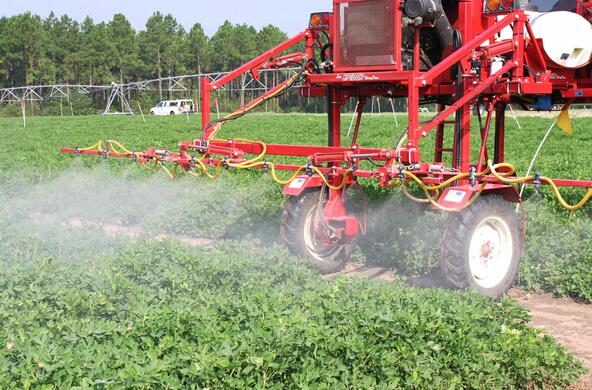
A new study is the first to reveal that triclosan – a synthetic antibacterial widely used in personal care products – is fueling the growth of resistant bacteria in streams and rivers.
Developed for surgeons in the 1960s, triclosan inhibits bacteria, fungi, and mildew. Half of liquid soaps now contain the chemical, as well as toothpastes, deodorants, cosmetics, and detergents. Triclosan enters streams and rivers through wastewater, leaky water infrastructure, and sewage overflows, with residues common throughout the United States.
Cary Institute aquatic ecologist Emma Rosi-Marshall is an author of the paper...
"We did experiments in a laboratory facility and took samples out in the environment, and we found that in areas where there's triclosan, there are triclosan-resistant bacteria. And in the laboratory study, we added triclosan, and the bacteria very rapidly developed resistance to this compound. And the other thing that we found that was quite interesting is that the bacterial communities change in response to triclosan."
With colleagues, Rosi-Marshall explored bacterial response to triclosan in rural, suburban, and urban streams in the Chicago metro area. Triclosan-resistant bacteria increased with urbanization, with a channel downstream of 25 combined sewer overflows having the highest levels.
"Because wasterwater treatment plants are pretty effective at removing triclosan, we need to make sure that our sewage goes into wastewater treatment plants. They're not perfect at removing triclosan, but certainly, minimizing our combined sewer overflow discharges would be a good thing to do."
Produced in collaboration with WAMC Northeast Public Radio, this podcast originally aired on October 14, 2013. To access a full archive of Earth Wise podcasts, visit: www.earthwiseradio.org.







